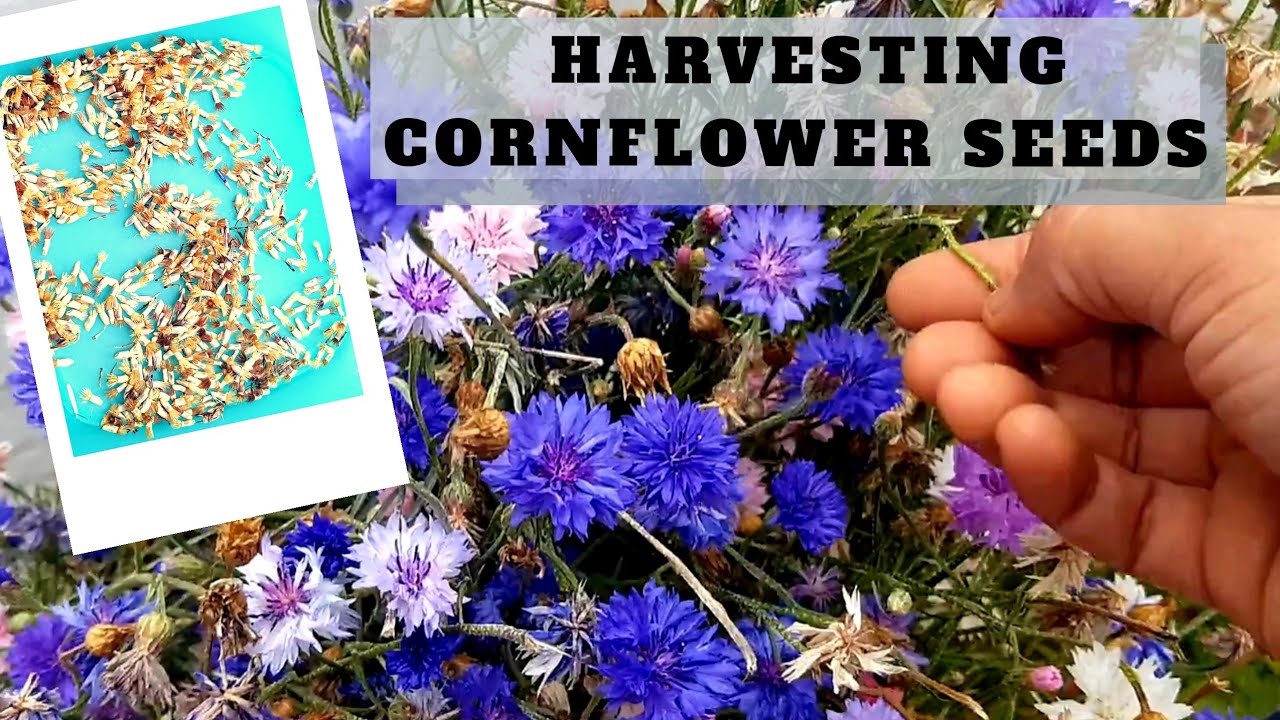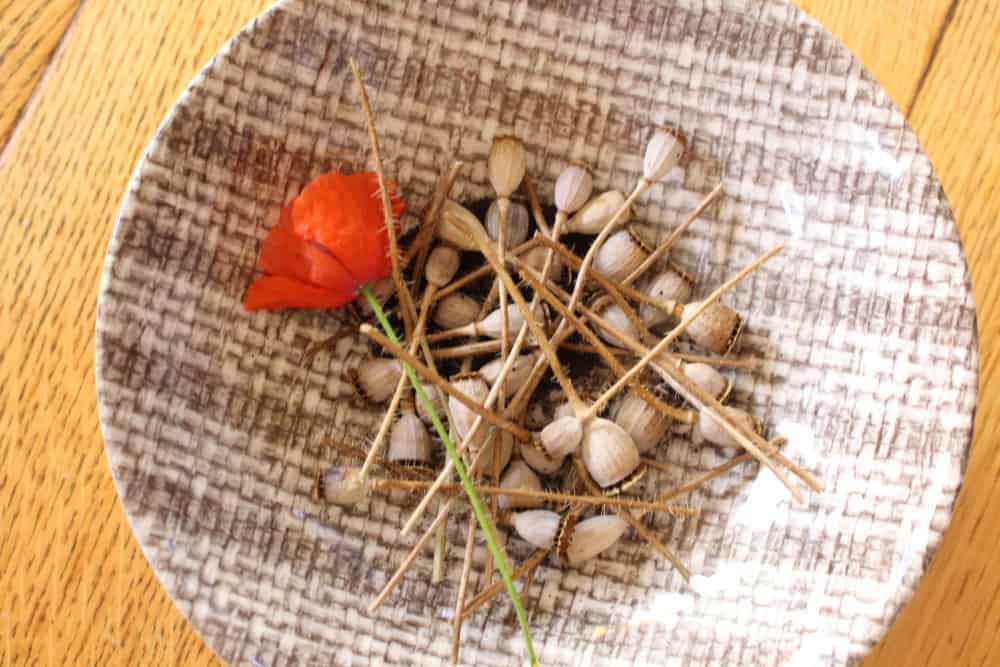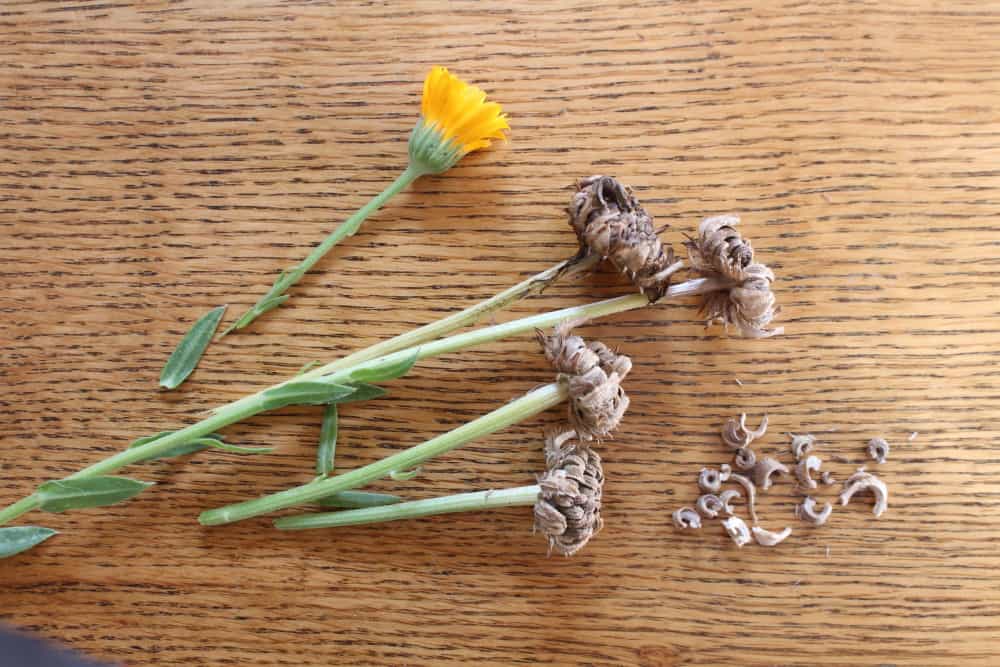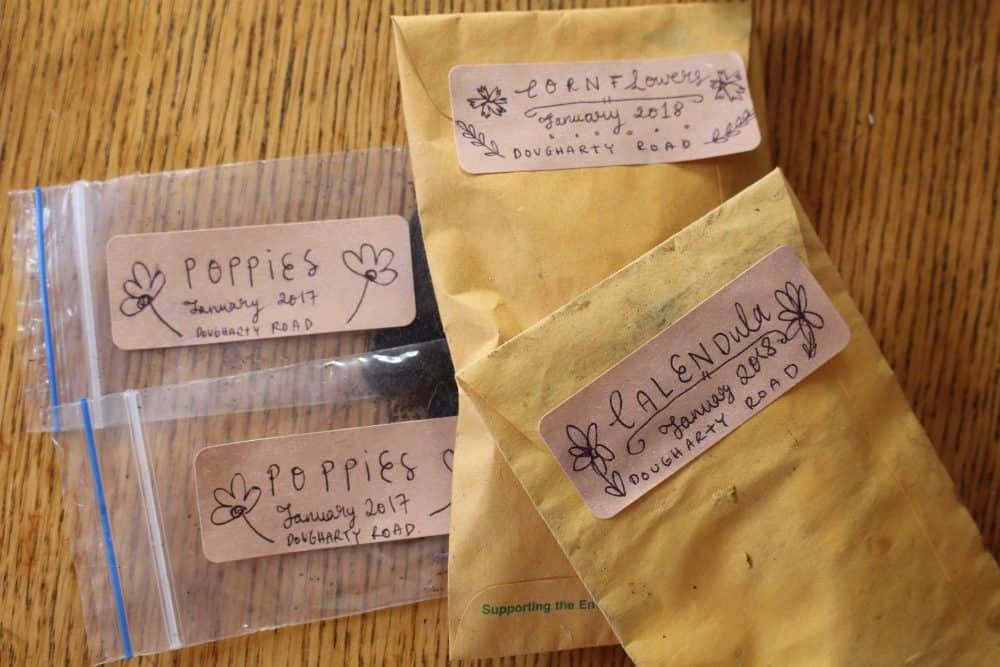Cornflowers, with their vibrant shades of blue pink purple, and white, are classic cottage garden flowers that are easy to grow from seed. After enjoying the blooms, you can collect the seeds to continue growing these charming plants for years to come. With proper timing and a few simple steps, harvesting your own cornflower seeds is an easy and rewarding task.
When to Harvest Cornflower Seeds
Timing is crucial when gathering seeds. You’ll want to wait until the flowers fade and the seed heads fully mature and dry out. This is typically in mid to late summer or early fall, after the plant completes blooming.
Signs that cornflower seeds are ready for harvest
- Flower petals have dropped off
- Seed heads turn brown and dry
- Seeds easily separate from the head when touched
Don’t wait too long after the heads brown or you risk losing the ripe seeds. Monitor the plants closely as maturity approaches so you can act right away once they reach ideal dryness.
What You’ll Need
Harvesting cornflower seeds requires only a few simple supplies:
- Pruners or scissors
- Paper bags or envelopes
- Trays or sheets of paper
- Labels and pen for labeling
- Tweezers (optional)
Step-by-Step Harvesting Guide
Follow these easy steps for collecting cornflower seeds
1. Identify Mature Seed Heads
Inspect the spent blooms and locate seed heads that have completely dried out and turned brown. Ripe seeds will easily detach when the head is gently shaken. Avoid any flower heads that still look green or damp.
2. Snip Off Heads
Use hand pruners or scissors to carefully snip off the dried seed heads. Leave an inch or two of stem attached to each one for easier handling.
3. Transfer to Bags
Gently place the cut seed heads into small paper bags or envelopes. Avoid using plastic bags, as they can trap moisture. Label the bags for organization.
4. Dry Further Indoors
If any moisture remains in the seed heads, spread them in a single layer on screens or paper in a warm, dry indoor spot out of direct sunlight for up to 2 weeks. Turn the heads occasionally for even drying.
5. Remove Seeds
Once fully dry, rub the seed heads between your hands over a tray or piece of paper to remove the seeds. Alternatively, roll a rolling pin over the heads to crush them and release the seeds.
6. Separate Seeds from Debris
You’ll likely have some dried plant chaff mixed in with the seeds. Gently blow on the seeds to remove the lightweight debris. Or use tweezers to individually pick out seeds from debris.
7. Transfer Seeds to Storage
Place the cleaned seeds in envelopes or jars labeled with the variety and harvest date. Then store in a cool, dry location until ready to plant.
Storing the Seeds
To maintain viability, properly store harvested cornflower seeds:
- Allow seeds to fully dry before storage to prevent mold growth.
- Use paper envelopes or breathable containers like cloth bags. Avoid plastic.
- Label everything with variety and harvest date.
- Keep seeds in a consistently cool, dark place like a refrigerator.
- Check periodically for moisture and mold. Discard any damaged seeds.
- Expect seeds to remain viable for around 3 years when stored correctly.
With adequate drying, proper storage methods, and organized labeling, you’ll have cornflower seeds ready for future plantings.
Tips for the Best Results
Follow these tips for an optimal cornflower seed harvest:
- Allow some blooms to dry on the plants before cutting all flowers.
- Check seed heads daily as maturity approaches and harvest promptly when ready.
- Cut seed heads on a dry morning to prevent moisture. Handle gently.
- Further dry seeds quickly after harvest to avoid mold growth.
- Save seeds from several plants for genetic diversity.
- Only save seeds from healthy, disease-free plants.
- Label everything carefully right after harvesting.
Saving Seeds From Other Flowers
The techniques used for harvesting cornflower seeds can also be used for gathering seeds from other popular cottage garden flowers like:
- Cosmos
- Marigolds
- Zinnias
- Sunflowers
- Morning glories
- Snapdragons
Follow the same guidelines of waiting until seed heads mature and dry out before collecting. Store all flower seeds in a cool, dark, dry location until next planting season.
Enjoy an Endless Bloom Supply
With the simple process of collecting and storing seeds each season, you can enjoy continuous blooms of cornflowers and other flower varieties year after year. Homegrown seeds ensure plants that are ideally adapted to your garden’s growing conditions. Saving your own seeds is also economical and environmentally friendly. Give seed harvesting a try – you may find it becomes an enjoyable late summer tradition!

When is the best time to harvest flower seeds?
The best time to harvest flower seeds is when the seed heads are fully mature and dry. This typically occurs at the end of the flowering season when the petals have fallen and the seed pods are brown and brittle.
Summer heat might not be the best time for garden blooms, but it’s a great time for flower seed saving.
Seed heads of many flowers dry off in the heat and are ripe for the picking. The seeds of many flowers will self-sow without any help at all, but saving seeds might still be worth your while if you want to add to your flower garden.
Seed saving allows you to select the best of your crop for improvement over the years. It also means you can share your favourite flowers (as seeds) with your friends.

Here we share our seed saving tips for poppy, calendula and cornflower – three beneficial insect attractors for any food garden.
Here is our simple how-to guide for summer flower seed saving.
Poppy seeds can be harvested once seed pods dry off and the plant has begun to die. Rattle a few and if you hear them shake inside then they are ready to harvest.
Shake seeds out of pods into a bowl. They are a very fine seed, so storage in a really well sealed storage container or packet is a good idea (envelopes just won’t cut it).
Cornflower seeds are tufty little seeds that can be pulled out of the dried flower heads, tuft side out. Wait too long to harvest them and they will have already dropped and blown away, so we like to harvest them when there are still a few blooms left on the plant but it’s still most dried off.
They are small, but the dry seed can be stored in a paper envelope, paper bags or seed packet.

Calendula seeds will tell you when they are ready by beginning to pop up in your garden before you even noticed they’d set!
Gnarly Calendula seeds form a “clawed” ring around the former flower bud. They can be easily collected once the majority are no longer green, and have dried off.
They are quite chunky, so are fine in an envelope, recycled seed packet or airtight containers.

Collecting Cornflower Seeds In Less Than A Minute!
FAQ
Will cornflowers reseed themselves?
… dry soil, yet over time, due to over-use of herbicides in cornfields throughout Europe and the US, Cornflowers no longer reseeded themselves naturally
Do cornflowers return every year?
Most cornflowers are annuals, though it’s possible to find a few perennial varieties.
How do you propagate cornflower seeds?
How to propagate cornflowers. Cornflower plants are annuals and usually self-seed readily, but if you want to save the seed, collect it from the faded flowers. Store the seed in an envelope and sow from early spring to early summer, or in the autumn.
How do you harvest seeds from coneflowers?
To harvest seeds from your coneflowers, you’ll need to hold back on the deadheading coneflowers – at least on a few stems. Leave these remaining wilted flowerheads intact. Wait until the petals have died and fallen off and the only part that remains is the spiky center, says Anna Ohler, the Owner of Bright Lane Gardens nursery.
Should you harvest your own coneflower seeds?
Harvesting your own coneflower seeds can be a rewarding experience, not to mention a great way to propagate these beautiful plants. So why not give it a try? With the knowledge you’ve gained from this guide, you’re well-equipped to start your own coneflower seed harvesting journey.
Can you harvest purple coneflower seeds in the fall?
You can also harvest seeds from your coneflowers in the fall. (Be aware that some hybrid varieties may be sterile.) Here’s how to harvest and save purple coneflower seeds: Stop deadheading your plant in early fall, reduce watering, and allow spent flower heads to set seed.
